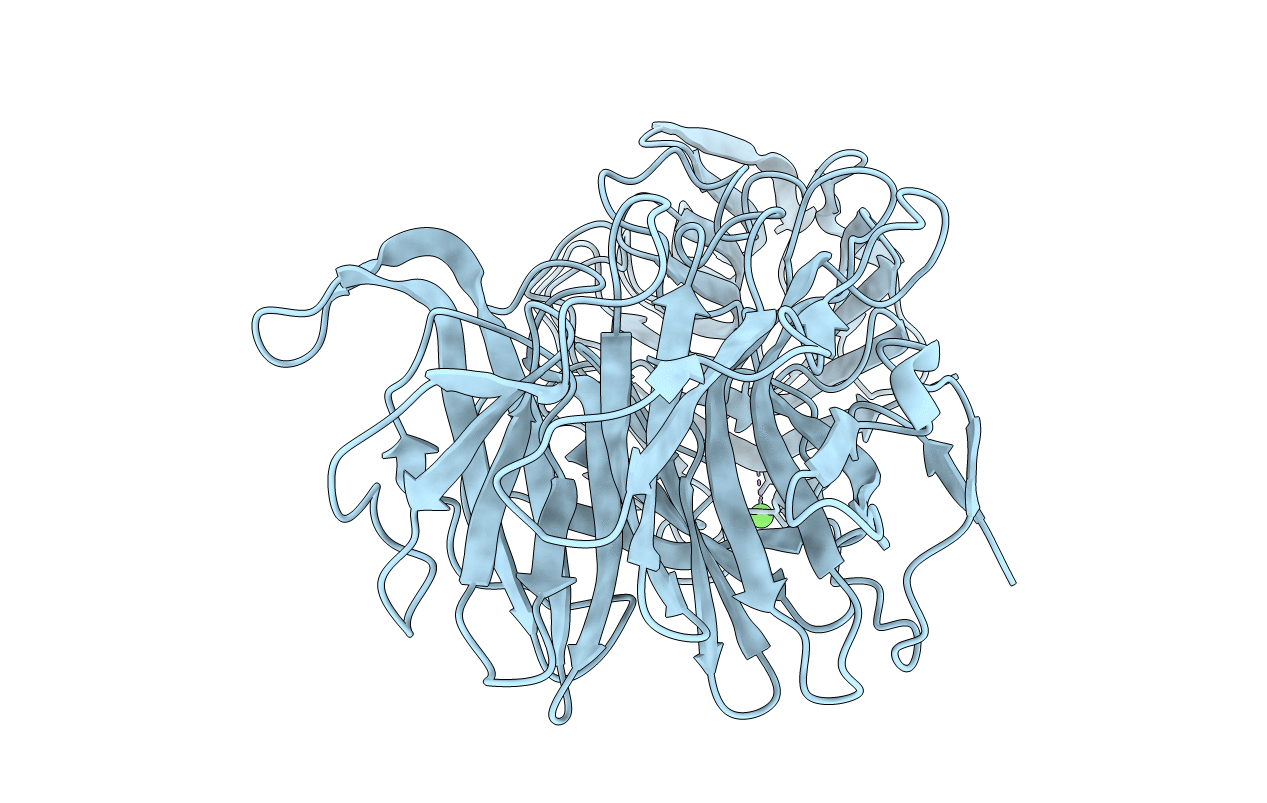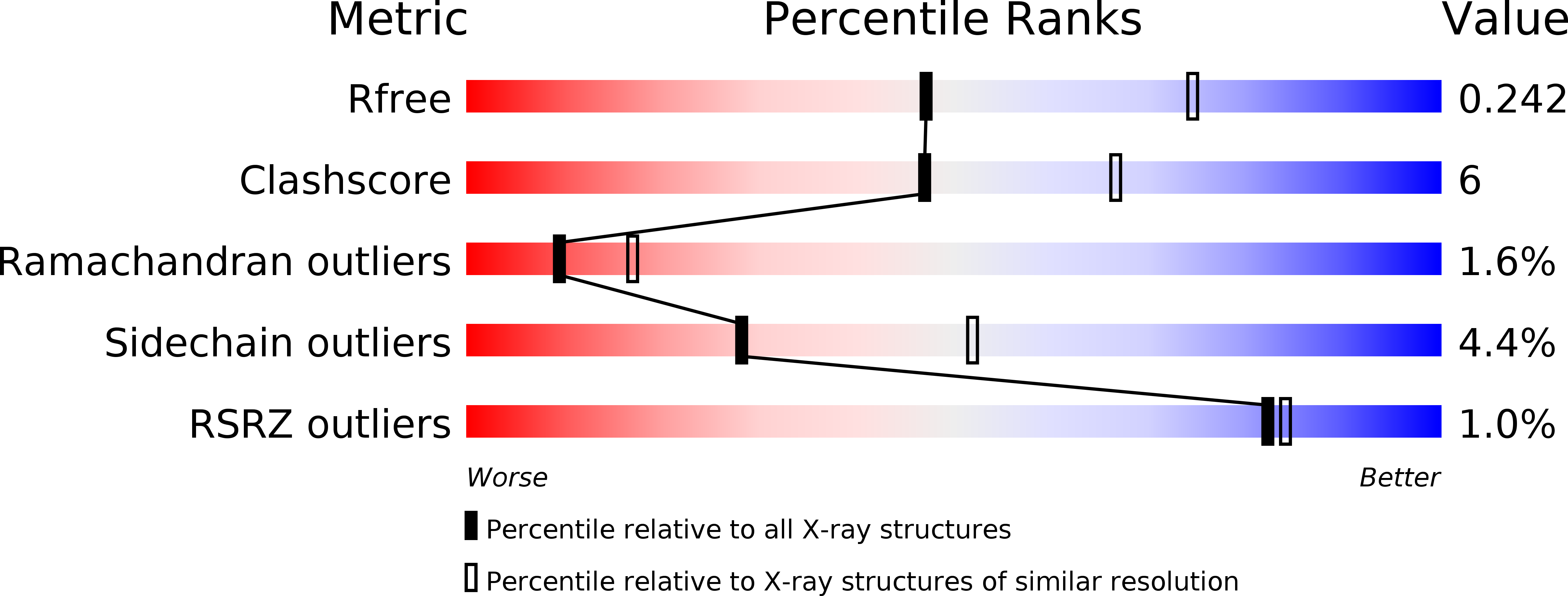
Deposition Date
2018-10-16
Release Date
2019-04-17
Last Version Date
2023-10-11
Entry Detail
PDB ID:
6MS2
Keywords:
Title:
Crystal structure of the GH43 BlXynB protein from Bacillus licheniformis
Biological Source:
Source Organism:
Host Organism:
Method Details:
Experimental Method:
Resolution:
2.49 Å
R-Value Free:
0.24
R-Value Work:
0.19
R-Value Observed:
0.20
Space Group:
C 1 2 1


